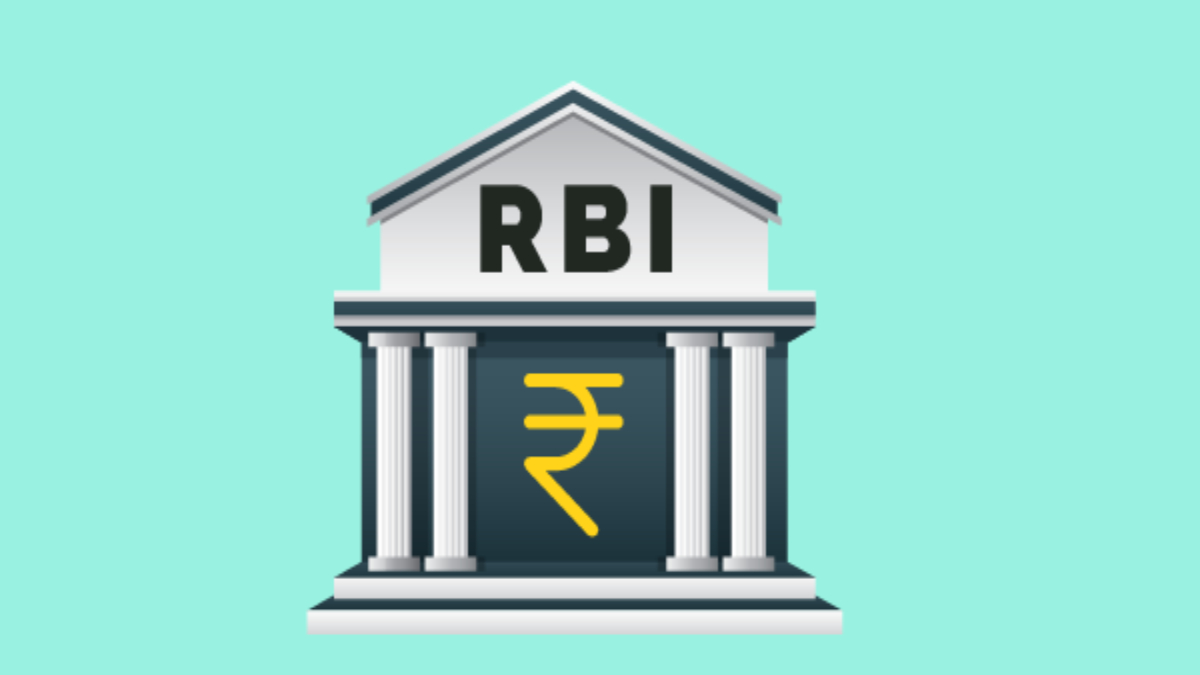The United States central bank, the Federal Reserve, has cut its main interest rate by 0.25%. This is its first cut since December 2024. The new Fed rate range is now 4.00% to 4.25%. This move was widely expected because inflation in the US has slowed and growth there is cooling. The Fed has also hinted that it may cut rates two more times before the end of the year.
Lower inflation opens door for RBI Rate Cut
This global change is important for India. The Reserve Bank of India (RBI) has been keeping its key rate steady for many months, watching inflation and the economy closely. Now, after the Fed cut, many experts believe the RBI may soon lower its own interest rates to support growth and reduce borrowing costs.
Economists point out that inflation in India has come down from its earlier highs. Food prices are still a worry, but core inflation which excludes food and fuel has stayed softer. At the same time, India’s economy is still growing strongly, though signs of slowing in exports and manufacturing have begun to appear. This combination gives the RBI some space to act. Lower interest rates make loans cheaper for businesses and people, which can help the economy keep its momentum.
Market analysts are predicting that the RBI could cut its repo rate by 0.25% in its upcoming October 2025 policy meeting. Some even expect another 0.25% cut in December, which would bring the repo rate closer to 5%. Such a move would signal that the RBI is ready to support growth while keeping an eye on price stability.
However, the central bank will remain cautious. There are still risks of inflation going up again, especially if food or fuel prices rise sharply. The RBI also has to watch the value of the rupee. After the Fed cut, the Indian rupee weakened slightly against the US dollar. If interest rates in India come down too fast compared to the US, it can cause money to flow out of India, which puts pressure on the currency.
Another factor is global financial stability. A sharp slowdown in global growth or any geopolitical tension could create volatility in markets. In such times, central banks like the RBI prefer to move carefully, balancing support for growth with the need to keep prices stable and protect the financial system.
Fed’s rate cut has opened the door for the RBI to think about its own rate cuts. Most experts believe the RBI will move gradually, likely starting with a small cut in October. Whether more cuts come after that will depend on inflation, economic data, and how global markets behave. For now, businesses and borrowers in India are watching closely, hoping that cheaper loans could arrive soon.
